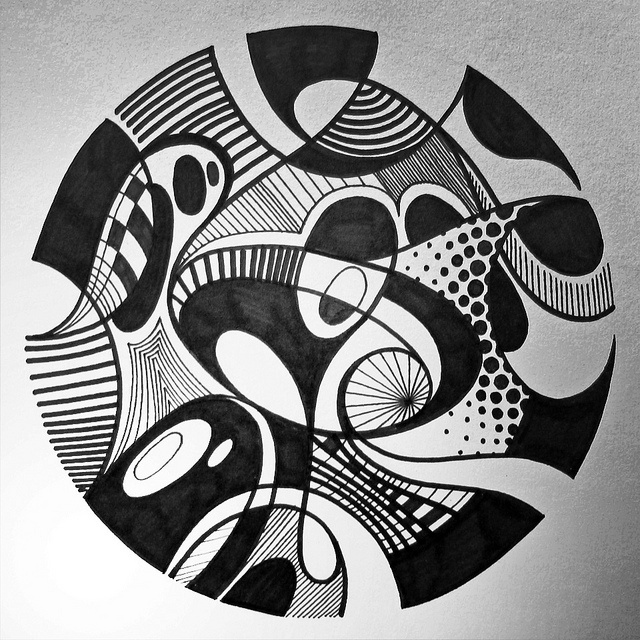Meta Description:
Learn what composition is, why it’s essential, and how to master it across different creative fields. Improve your work with these easy composition tips and techniques.
Introduction
Composition is one of the most fundamental concepts across all creative disciplines—from art and photography to writing and music. Whether you’re painting a landscape, composing a song, or writing an essay, good composition ensures your message is clear, engaging, and effective. In this article, we’ll dive deep into the meaning of composition, why it matters, and how you can improve it in your work.
What is Composition?
At its core, composition refers to the arrangement and organization of elements within a work. It determines how a piece is structured, how different components relate to each other, and how the audience experiences it. In visual arts, composition includes the placement of shapes, colors, and lines. In writing, it refers to the structure of sentences, paragraphs, and ideas. In music, it deals with melody, rhythm, and harmony.
Why Composition Matters
Strong composition is essential because it helps convey a clear message and keeps the audience engaged. A well-composed photo draws the eye to the subject. A well-composed essay presents a coherent argument. Without thoughtful composition, even the most creative ideas can fall flat.
Benefits of good composition include:
- Clarity: Helps deliver your message clearly.
- Balance: Ensures no part of the work overwhelms the other.
- Engagement: Keeps the audience interested.
- Aesthetic Appeal: Creates a visually or emotionally satisfying experience.
Key Elements of Composition
While composition differs across creative fields, certain universal principles apply:
- Balance
Balance involves distributing visual or thematic weight evenly. Symmetrical composition creates harmony, while asymmetrical composition adds interest. - Contrast
Using contrasting elements—light and dark, soft and hard, loud and quiet—helps highlight important aspects of your work. - Focus and Emphasis
What do you want your audience to notice first? Strong composition directs attention to key elements using tools like framing, leading lines, or bold typography. - Unity and Harmony
All parts of your composition should work together. Consistency in style, tone, or color palette can help achieve harmony. - Movement
Good composition guides the viewer’s eye or the reader’s attention naturally through the piece. - Proportion
In visual and musical composition, scale and proportion affect how different parts relate to each other.
Composition in Different Fields
Visual Arts & Photography
In photography and painting, composition determines how elements like lines, shapes, and textures are arranged within the frame. Rules like the Rule of Thirds, leading lines, and framing help photographers create strong, visually appealing shots.
Writing
In writing, composition includes the logical flow of ideas, the structure of sentences, and paragraph organization. A well-composed essay has a clear introduction, a developed body, and a strong conclusion.
Music
Musical composition involves crafting melodies, harmonies, and rhythms to evoke emotion and maintain interest. The arrangement of different musical parts must feel cohesive and balanced.
Tips to Improve Your Composition Skills
- Study Great Works
Look at how masters in your field use composition. Analyze paintings, read essays, or listen to classical music to understand how composition works. - Plan Before You Start
Sketch out ideas, create outlines, or draft arrangements. Planning helps structure your work more effectively. - Use the Rule of Thirds
Especially in visual art, dividing your canvas or photo into thirds can help you position the subject in a way that feels balanced and engaging. - Get Feedback
Share your work with peers or mentors and ask for constructive criticism on the composition. - Practice Regularly
Like any skill, composition improves with practice. Try daily or weekly challenges that focus specifically on compositional techniques.
Conclusion
Composition is the invisible thread that ties a work together. No matter your creative field, mastering the art of composition can elevate your projects, making them more impactful and memorable. By understanding the principles and applying them thoughtfully, you’ll create work that not only stands out but also resonates with your audience.




